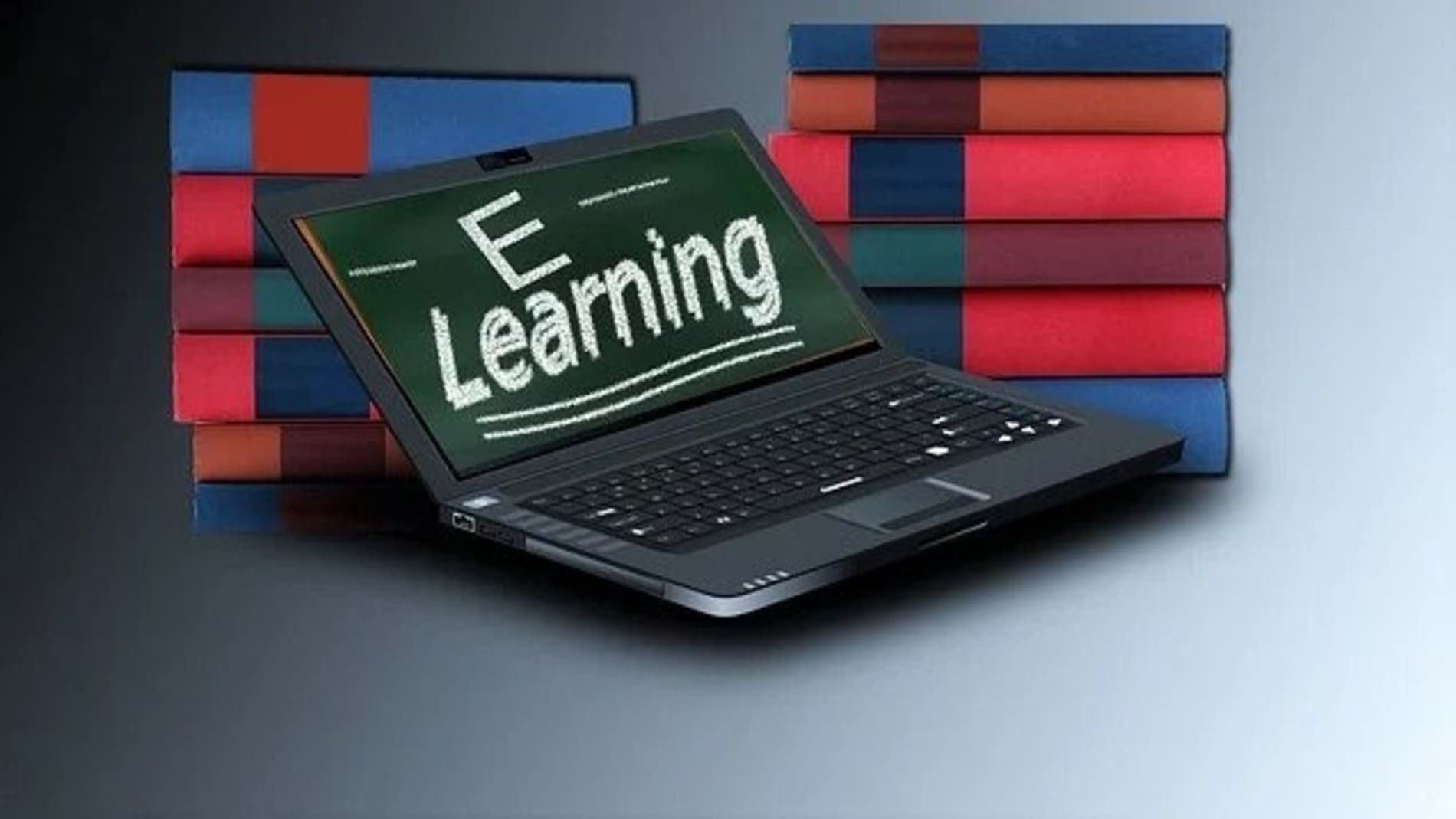The knowledge you usually get through the Internet in a virtual environment is called online learning. It is also called e-learning or online courses. It is a distance education that is not taking in traditional classrooms.
Online learning is a beneficial and useful learning tool that you can get anytime and anywhere. It is the best source of education, which is also low cost and free from time constraints.
Thus it is also beneficial that if your general job is difficult and you cannot get a proper education in any institute, then online learning is the best option for you to get an education.
Online education enables teachers and students to set their learning speeds and is more flexible in setting schedules tailored to everyone’s list.
As a result, using an online learning platform allows for a better balance between work and study, so there is no need to give up. In such cases, online learning helps to overcome both social and physical limitations and barriers. The process of learning online has been prevalent in the past decade.
More and more people are benefiting from it. Today, research on e-learning is gaining popularity worldwide because everyone wants to sit within their walls and get education, awareness, and information. Here are some technologies for future education below.
Contents
Types of online learning:
There are different types of online learning. I discuss six of them below.
01. Asynchronous Online Learning:
This type, of course, is not offered in real-time. Students are provided with materials and assignments and given a time frame to complete coursework and exams.
Discussions are usually through discussion boards, blogs, and wikis. As a result, there is no time for class meetings. Unstable online learning environments are useful for students with time constraints or busy schedules for these courses.
02. Synchronous Online:
This type of course offer requires the instructor and all enrolled students to communicate online simultaneously. In some ways, participants interact through webinars via text, video, or audio chat.
This type of online education provides students with an environment to participate in a course from a distance in real-time.
03. Fixed E-Learning:
This type of education has been the standard in traditional classrooms for thousands of years, but it is not ideal in an e-learning environment. Because Fixed online or E-Learning does not use valuable real-time data from student inputs.
Analyzing each student individually through their data and modifying the content according to that data leads to better learning outcomes for all students.
The material used during the learning process does not change from its original state, and all participating students receive the same information as everyone else. Content is predetermined by the teacher and does not adapt to the student’s preferences.
04. Adaptive E-Learning:
Adaptive E-learning is a new and advanced type of e-learning that makes it possible for every student to adapt and redesign learning materials.
The Adaptive E-learning Considering many parameters such as student performance, goals, qualifications, skills, and characteristics, adaptive e-learning tools allow learning to become more individual and student-centered than ever before.
05. Linear E-Learning:
When referring to human-computer communication, linear communication means that information passes from the sender to the receiver without exception. This type of e-learning has its place in education, although it is becoming less relevant over time.
An example of linear e-learning is Sending training and helping materials to students through radio and television programs. Examples are Udemy, LinkedIn learning, and Coursera.
06. Computer-Assisted Instruction (CAI):
Computer Assistant Instruction (CAI), sometimes called Computer Assisted Learning (CAL), is another type of online or e-learning that uses computers in addition to traditional learning.
CAI means interactive software for students or similar training software used by Patrick Space of Stanford University in 1966.
CAI’s core value is interactivity – it allows students to enable active learning instead of passive learning using various methods such as quizzes and computer-assisted teaching and testing methods.
Advantages and disadvantages of online learning:
Thanks to the blessings of technology, many universities and institutes worldwide have made online education their medium of instruction. Now the world’s top universities can fulfill your dream of education at home by giving you, virtual classes.
Today, it is a fact that thousands of students are benefiting from online courses or degree programs. This system has brought about a significant change in our traditional teaching methods.

The main advantage of online learning is that you can learn what you want, whereas it can be difficult for you to know anything in a traditional education system.
One advantage of e-learning is that a set schedule does not bound you.
In a traditional educational system, class times fix, and students have no control over them. Many students who select online learning find it easy to balance education.
With online learning, you can avoid travel and rental accommodation costs.
Online learning makes it easy for you to get any custom course you want from Google, no matter where you live and
what you do.
Another great benefit of online learning is the ease with which you can now get rid of an environment that gives you back pain in a chair for hours on end. You can study in the comfort of your own home without having to get up early in the morning.
There are so many education-friendly applications and programs that can easily make your education dream come true. It is an exciting and straightforward source of education that is different from the traditional system.
Now it doesn’t matter that you. At what age are you entering? Now it is almost possible for you to get an education. However, the majority of students say that online learning is not a substitute for real knowledge.
Every student’s learning way is different, so not all students can be taught in the same way. Three hundred sixty-five days a year and 24 hours a day to ensure access to the application or website.
People who have low internet bandwidth face problems in online learning courses. Education experts say that online education is not challenging if it has been done in its spirit.
The world was already going online quickly; Corona has accelerated this process.




















































[…] Read More […]